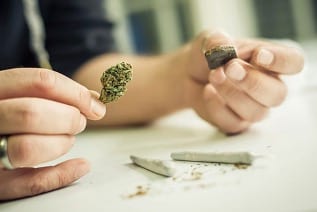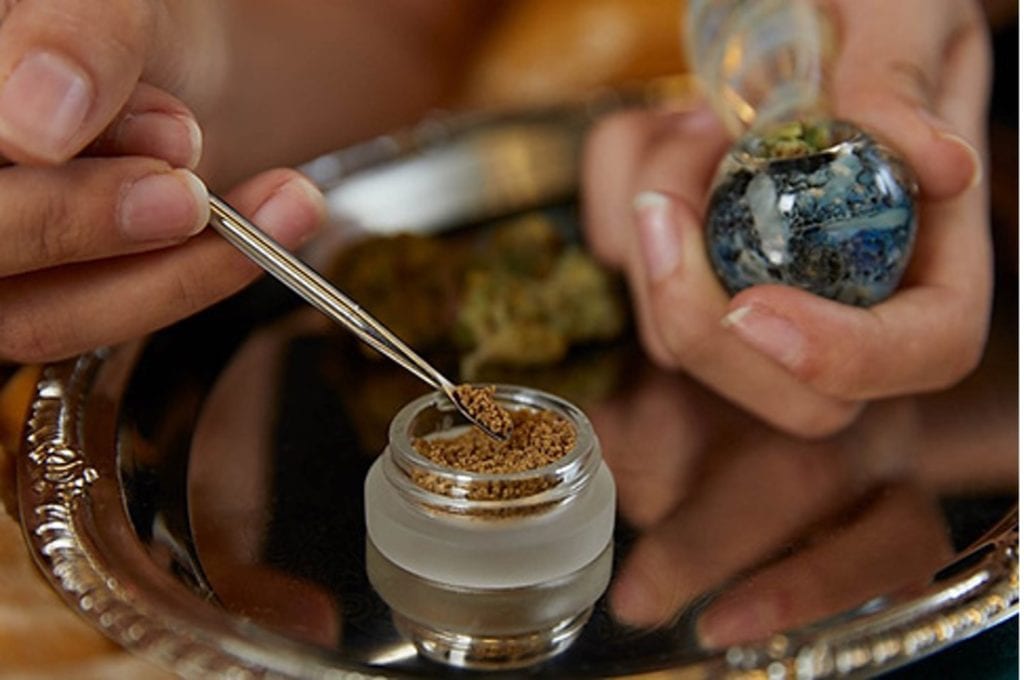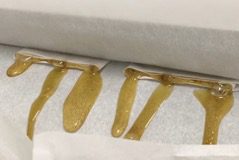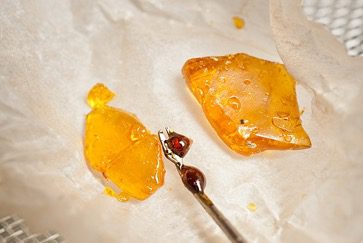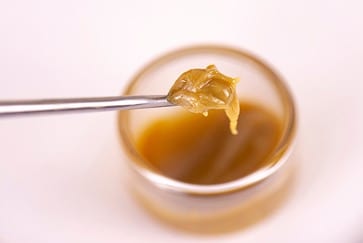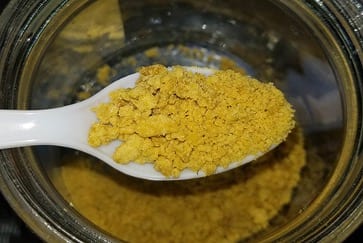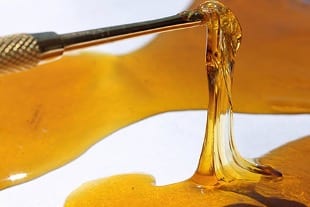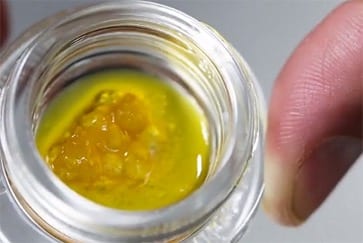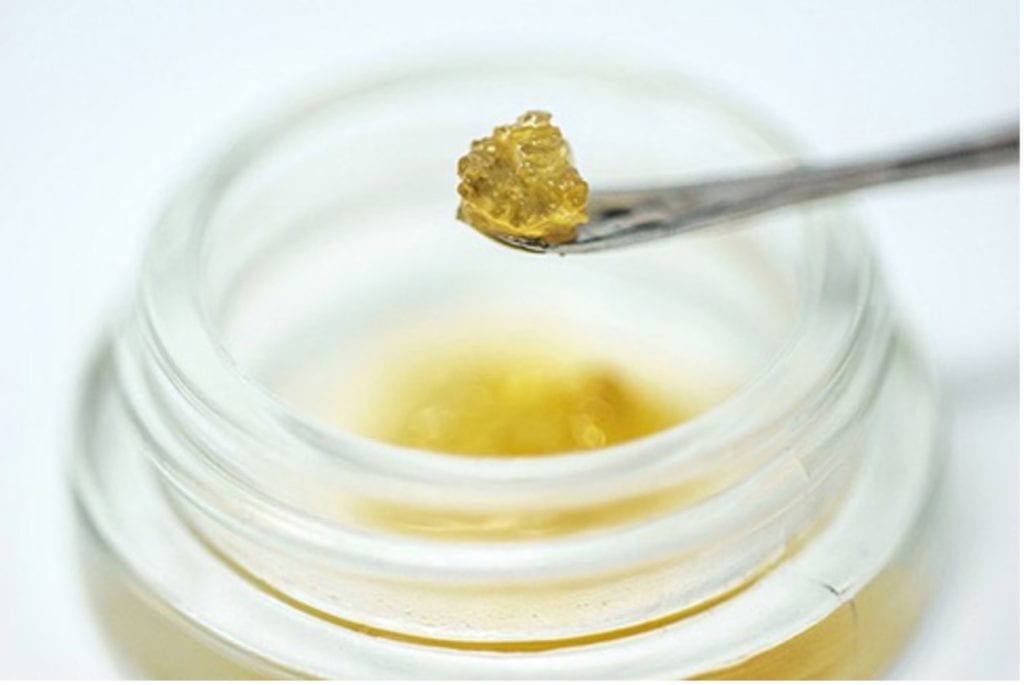All You Need To Know About Cannabis Concentrates
Scientists have identified 110 different cannabinoids and over 120 terpenes in cannabis plants. These are produced in a part of the plant called the trichome. That is the name of those tiny white crystalline bits that resemble little mushrooms and are found on the plant’s buds and leaves’ surface.
Not only do the terpenes give different strains of marijuana their unique flavors, but they can also enhance or modify the psychoactive and medicinal effects.
Additionally, this part of the plant is what makes it sticky. It most likely plays an essential role in protecting the plant from insects and the elements.
Cannabinoids are those chemical compounds that act on the endocannabinoid system of the human body and brain. THC and CBD are perhaps the best-known cannabinoids.
THC is the one containing psychoactive properties, so it’s largely responsible for that euphoric feeling. CBD, on the other hand, contains healing and pain relief properties.
Trichomes come in different varieties and the accumulation of them is used to create what is collectively called cannabis concentrates. Concentrates are much stronger than the standard flower. While the normal Tetrahydrocannabinol (THC) content in flower ranges from 10 to 25%, concentrates contain 80% or more. THC is the psychotropic ingredient in cannabis that causes the “high”.
In addition to the more potent high – also known as bioavailability – another benefit of using concentrates is quick onset time. The effects of a concentrate can last anywhere from 1-3 hours, depending on the patient.
These THC-rich medical cannabis products can be vaporized, inhaled using a vape pen or through a process called dabbing. Dabbing is the process of heating then inhaling the vapor from cannabis concentrates using a dab rig. Concentrates also come in a variety of textures and also can be consumed using a number of additional methods. These include orally, topically, transdermal patches, and edibles.
How are Concentrates Made?
Making cannabis concentrates involves a process called “purging” which is separating the desired parts of the plant from the excess plant material or impurities. Methods of extraction can either be “solvent” – with CO2 or butane or “solventless” using no additives while making use of heat, filtration, and pressure. Solventless extraction is the more natural method and takes more time and effort to extract
Solvent-Based Concentrates
These are extracted from cannabis using a solvent such as propane, butane, or carbon dioxide. Solvent-based concentrates include Shatter, Budder, Wax, Crumble, Live Resin, BHO, PHO, and C02 Oil.
Non-Solvent /Solventless Concentrates
Solventless concentrates are made using pressure, filtration, and heat to remove the cannabinoids and terpenes from the plant material. It requires more time than solvent-based extraction. However, it is regarded as a more natural method of making concentrates. Indeed many of these non-solvent concentrates can be traced back to ancient India or China. Non-Solvent Concentrates include Kief, Hash, Charas, Bubble Hash, Rosin Hash.
The Many Types of Concentrates
There are many different concentrates to choose from. Below we have identified some of the more well-known cannabis concentrates.
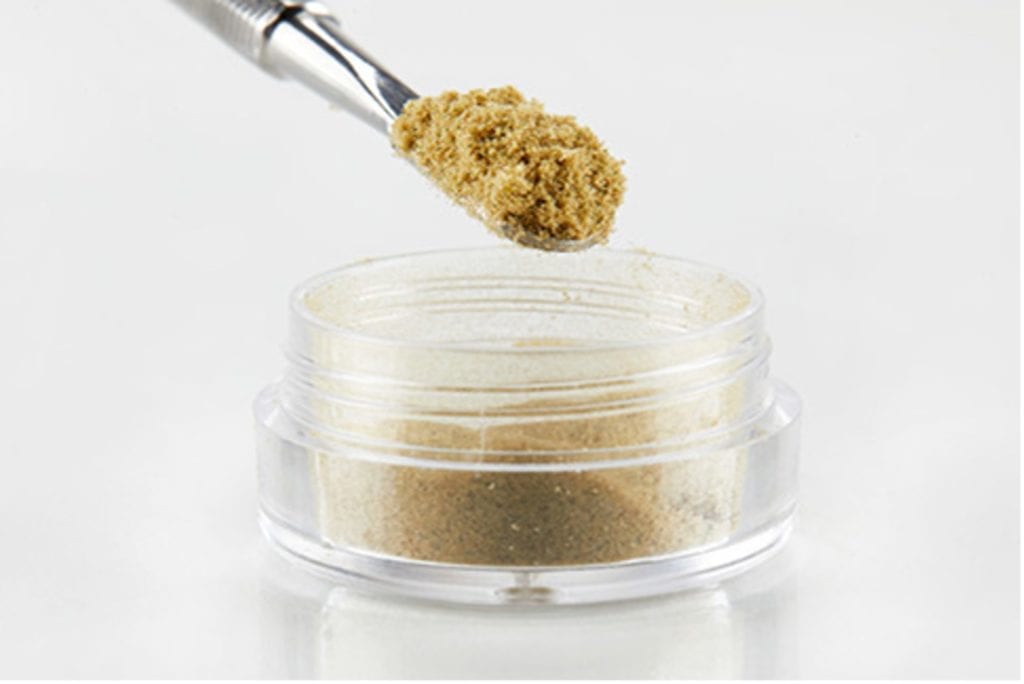
Sift/Kief
More commonly known as kief, is considered the most basic. The powder-like substance is found on the flowers of cannabis. Keif is made by “sieving” or sifting the dried flower over mesh screens and collecting the trichomes at the bottom. This resulting fine powder can easily be used in a vaporizer, added into joints, or sprinkled over bowls.
Kief/sift is harder to come across these days as it has lower profit margins and potency than solvent extracts. It’s easy to collect your own at home by using a filtered weed grinder to collect and store your ground herb’s kief.
Hash
Hash or hashish is centuries old and comes
in many forms. Color ranges from light golden,
brown, green, yellow-red, or black.
Charas
Charas is a form of hashish made slowly from hand rolling the flower and part of the cannabis plant’s stems. This releases a black tar-like substance that is worked into a ball. It plays a crucial role in the Hindu religion of India. The God Shiva is renowned for his love of cannabis, and those devoted to his worship smoke charas as part of their religious practice.
Bubble Hash
The easiest and hence most common way to make bubble hash is to put the marijuana in mesh bags. A mixture of plant matter, water, and ice is filtered through them until a thick substance containing the resin is concentrated at the bottom. This is then dried out, and the resulting product is bubble hash. It can be smoked like other hash, in a pipe, crumbled over a bowl, or mixed into joints.
Rosin Hash
Rosin has seen a steep rise in popularity in the underground scene, mainly attributed to how easy it is to make. All you need are some cannabis flower, parchment paper, and a hair straightener. The hair straightener’s heat and pressure push the resin out of the flower onto the parchment paper, and you’re left with some rich THC oils.
Butane Hash Oil (BHO)
This is extracted by forcing butane through the cannabis flower. The butane is then removed from the trichomes by heating until a wax-like substance forms.
Propane Hash OIL (PHO)
Extracted with propane as the primary solvent during the extraction process. The propane is also removed from the product in the final process and results in a similar product.
These Hash oils can contain upwards of 80% THC content.
Shatter
Shatter is a common form of concentrate found in nearly all dispensaries. It is sometimes sculpted into cool shapes and has a translucent glass-like consistency from which it derives its name. It’s one of the purest forms of marijuana concentrate and clear or amber in color. Its often made using butane or propane as the extraction solvent. Its composition makes it ideal for dabbing with rigs or using in vaporizers.
Budder/Badder
Budder/Badder is a variety of wax-concentrate that has become relatively popular. They have a creamy frosting-like consistency and yellow to bright orange in color. It’s known as the cleanest concentrate. The process is more complicated and difficult as it has to be vigorously whipped under low and even temperatures to introduce and redistribute air molecules during the purging process. It is a similar process used to create crumble wax and shatter.
Crumble
Crumble wax is made in a similar way to shatter and budder. A common way to make wax into crumble is by purging the oil in a vacuum oven at a lower temperature. This preserves more terpenes and makes for a better-tasting concentrate.
Its crumbly form makes it a little harder to handle, although you can shave granules off and use them in vaporizers or dab rigs.
Wax
As its name suggests, this concentrate is waxy in nature. It can be very sticky and is often a creamy yellowish color. It is processed like shatter using a butane extraction. It can be used in a vaporizer or a dab rig and varies in consistency from thick treacle to a crumblier wax. This consistency variation is due to the moisture and heat levels in the extraction process.
Sauce
Terpenes are lost during the THC distillation process because the THC is separated from virtually every other compound, leaving an odorless, tasteless concentrate. However, terpenes can be extracted from flower and hash, too, and that’s where terp sauce comes in.
Crystalline
Crystalline is crystals that are made from trichomes resulting in a solid extract. Crystalline resembles sugar or salt. The clear crystals have no aroma or flavor in density and size.
The process of crystallization is where a solid chemical is mixed with liquid. There are many processes and filters while the THC and CBD are extracted and isolated from the other cannabinoids.
Crystalline is considered the purest form of cannabis and can have up to 99% pure THC content which are called Diamonds.
Diamonds are one of the more expensive extracts due to the time-consuming nature of creation. After the purging process, the diamonds are left to sit in a cool dry place for a few weeks. These crystals are very potent.
Rich Simpson Oil (RSO)
RSO is a type of concentrate that is used mostly for medical patients. Unlike other concentrates it is made from the female plant. RSO can have a high percentage of THC and is usually consumed in small rice size grains, either ingested or placed under the tongue or on the gums.
Live Resin
Live resin concentrates are made by flash freezing the fresh plant. This skips the drying and curing phase, which results in a richer flavor as it preserves the terpenes.
Although you can make live resin with CO2 extraction, nearly all varieties that you’ll find in dispensaries are made with butane extraction.
It’s becoming ever more popular due to its strong flavor, which also attracts a higher price tag.
Distillate
Distillates are made through a process called molecular distillation. Distilling hash requires taking winterized concentrates — butane or CO2 hash oil refined with alcohol or ethanol and then chilled at extreme temperatures — and then distilling them to concentrate the THC further.

